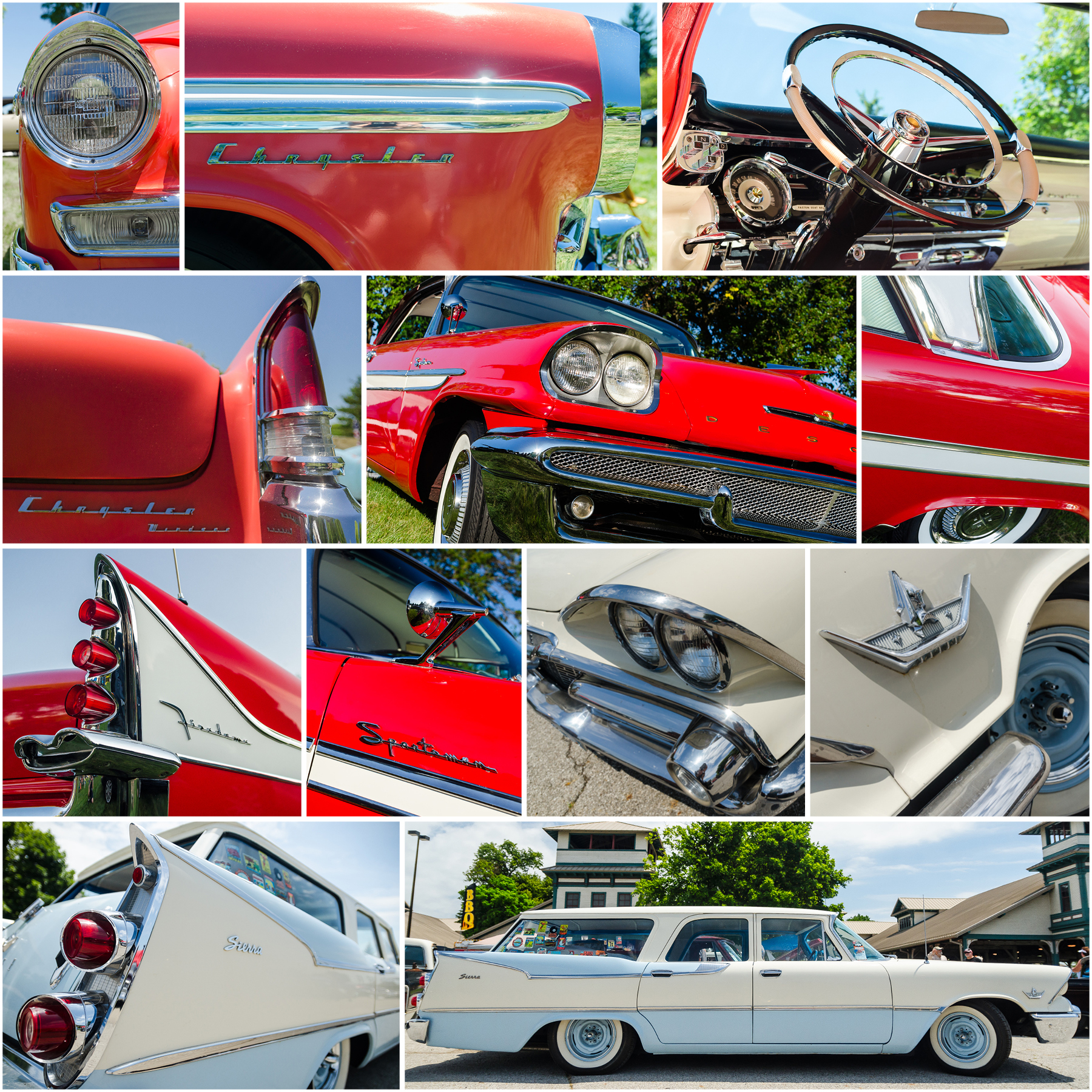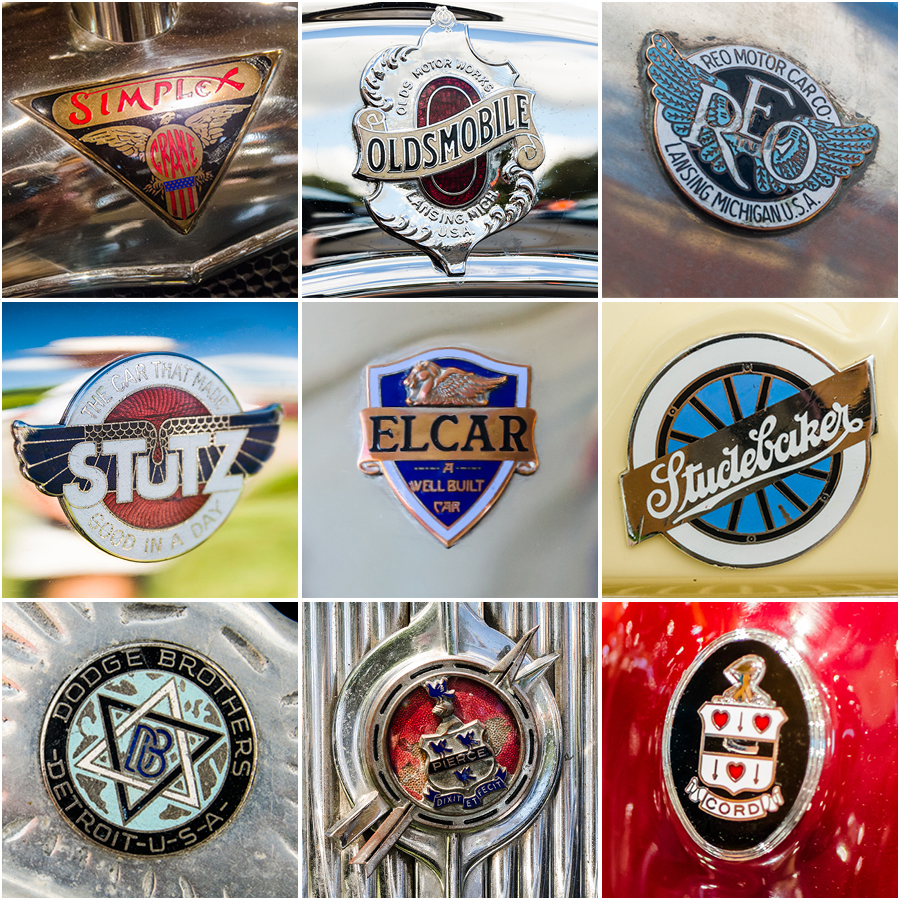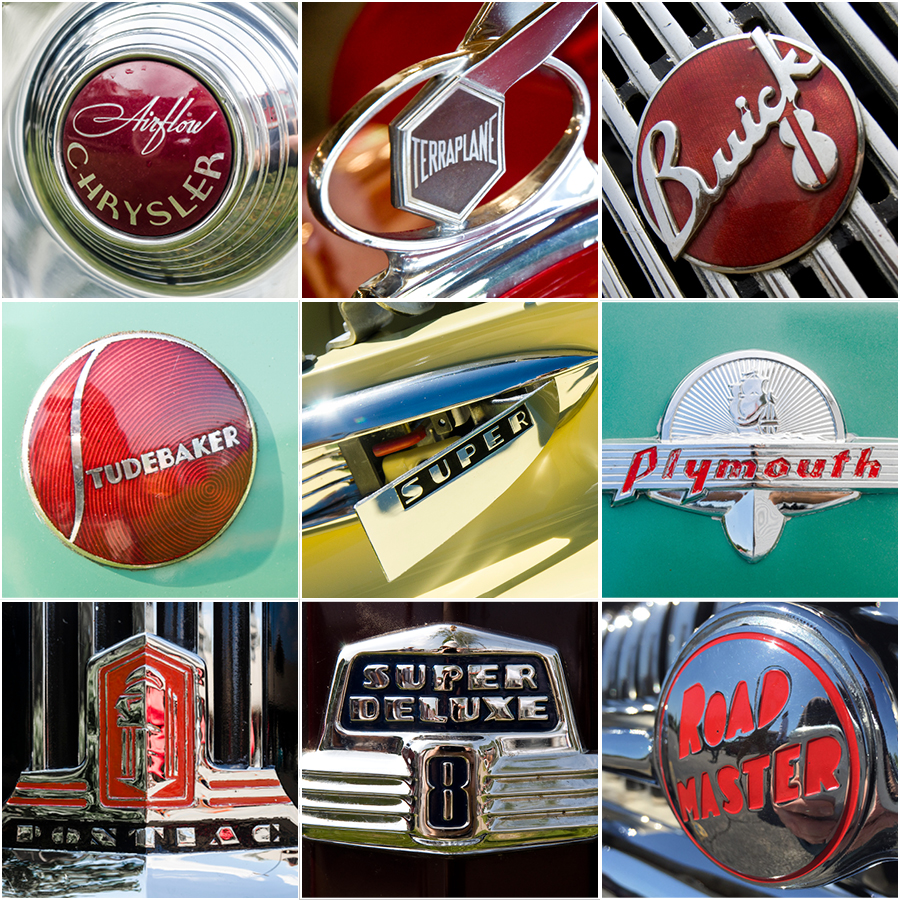For the second blog post in a row, I'm lying. I'm not including type this week. I'm continuing with the theme of iconography, but this time I'm featuring far more sculptural examples. That's because these examples are freestanding hood ornaments.
Hood ornaments started out as decorative radiator cap toppers, such as Ford model A eagle below. Mostly, they appeared on luxury marques, but they were also popular as aftermarket add ons. As automotive styling became more streamline, the ornaments became more abstract, and by the end of the 1950s nearly all iconography had given way to freestanding logo ornaments. I'll feature more of those examples in a future post.
All of the examples featured below are from the pre-war era and represent either human or animal figures. As you can see, most of the human figures are female, with the exception of the Hermes atop the marquette radiator. Most of the animal figures are birds. The exceptions being the gazelle atop the Chrysler, and the Greyhound atop the Lincoln.
If you’re interested in digging deeper into badge type design, check out writer and type expert Steven Coles’ excellent Tumblr page, Chromeography.
Interested in a print of one of my badge photos? Visit my store and place an order.
Top row, left to right: 1931 Chrysler, 1930 Marquette. Second row, left to right: 1937 Cadillac, 1935 Buick, 1930 Cadillac. Third Row, left to right: 1934 Packard, Ford Model A truck. Bottom Row, left to right: 1933 Buick, 1934 Packard, 1927 Lincoln.




















